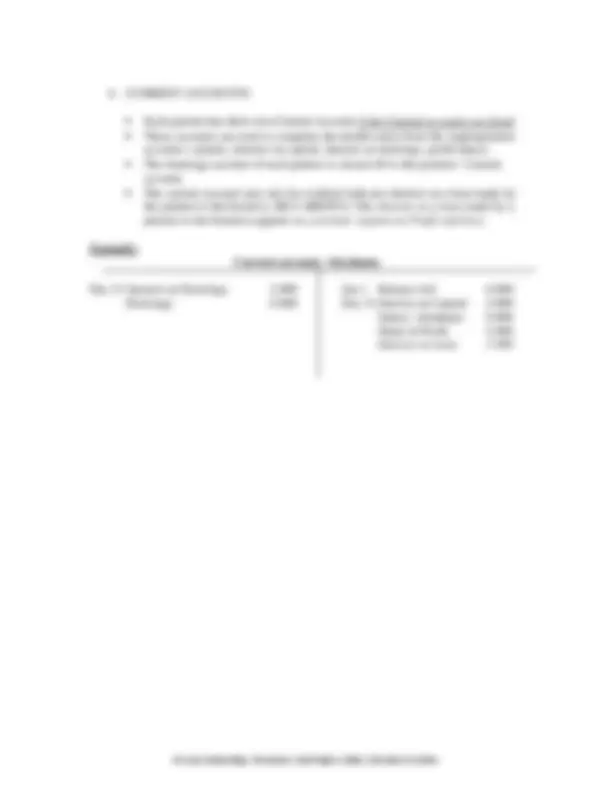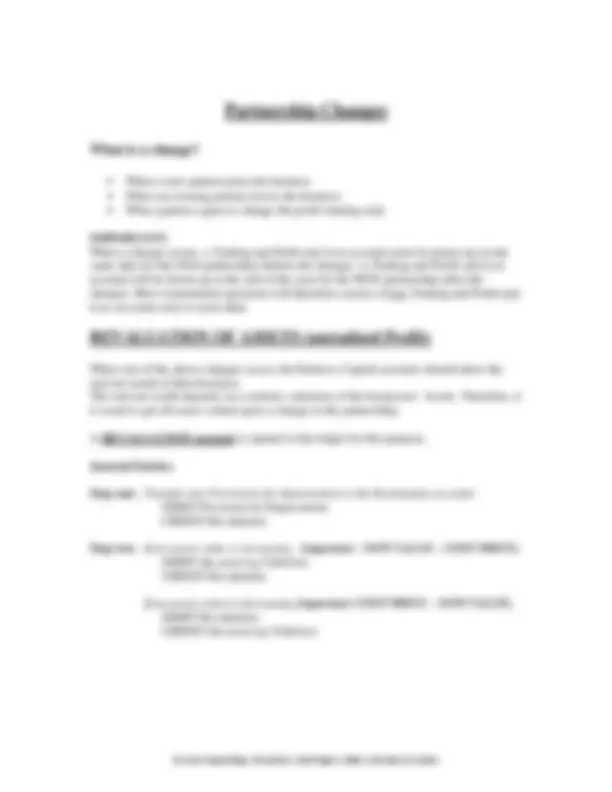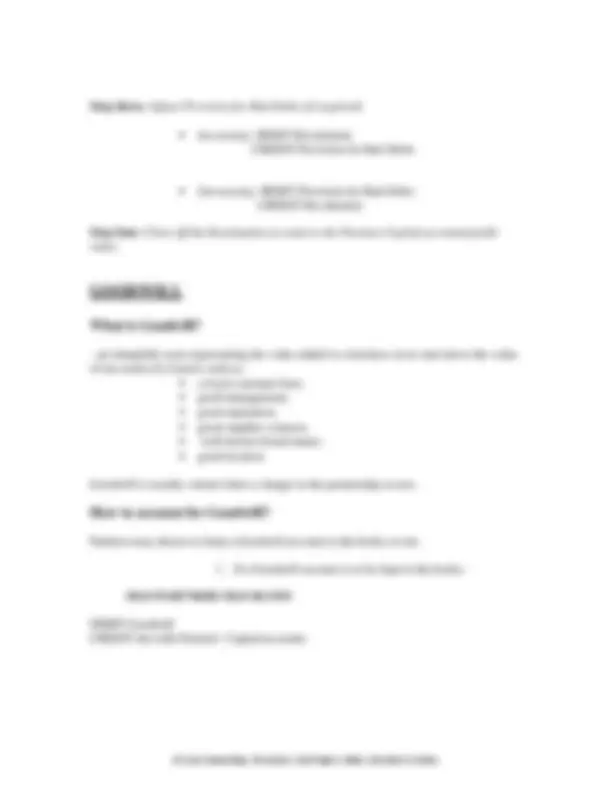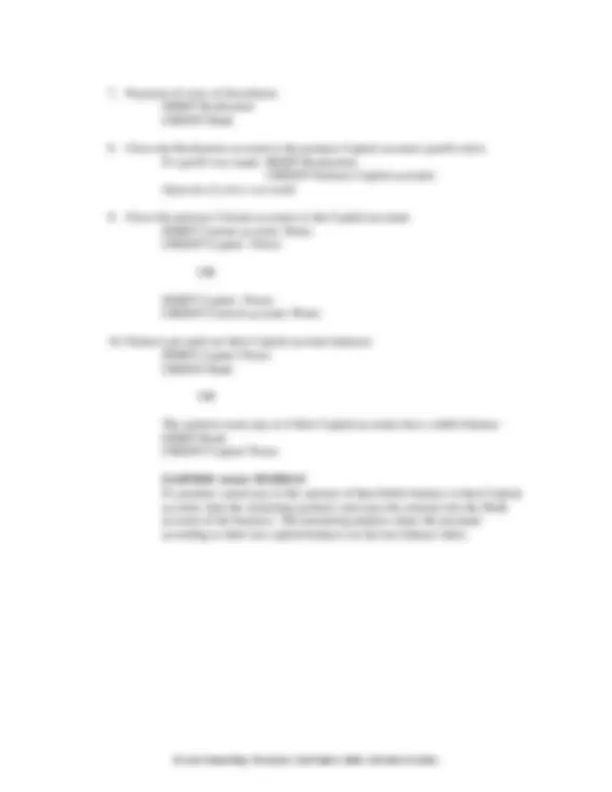








Study with the several resources on Docsity

Earn points by helping other students or get them with a premium plan


Prepare for your exams
Study with the several resources on Docsity

Earn points to download
Earn points by helping other students or get them with a premium plan
Community
Ask the community for help and clear up your study doubts
Discover the best universities in your country according to Docsity users
Free resources
Download our free guides on studying techniques, anxiety management strategies, and thesis advice from Docsity tutors
Special accounts for partnerships. 1. APPROPRIATION ACCOUNT. • Continues from the Profit and Loss Account and shows how the profit or.
Typology: Study notes
1 / 10

This page cannot be seen from the preview
Don't miss anything!







a. Raise more capital b. More skills & knowledge c. Share the work
a. Profits must now be shared b. Disagreements can occur c. Partners cannot act independently
a. All partners contribute equal capital b. Partners are not entitled to interest on capital or salaries c. Partners will not be charged interest on drawings d. Profits or losses will be shared equally e. Partners are entitled to 5% interest on a loan they make to the partnership
i. Partners’ SALARIES ii. INTEREST ON CAPITAL iii. INTEREST ON DRAWINGS iv. SHARE OF THE REMAINING PROFIT
Example:
Trading and Profit and Loss and Appropriation Account
Net Profit 20 000
ADD Interest on Drawings : Abrahams 2 000 : Peterson 3 000 5 000 25 000
LESS Interest on Capital : Abrahams 4 000 : Peterson 2 000 6 000
LESS Salaries : Abrahams 9 000 15 000 10 000
Share of Profit :Abrahams(1/2) 5 000 : Peterson (1/2) 5 000 10 000
o Fixed Capital Accounts – The capital account balances do not change unless a partner contributes more capital. The items in the Appropriation account now get entered into the partners’ Current Accounts.
IMPORTANT: When a change occurs, a Trading and Profit and Loss account must be drawn up on the same date for the OLD partnership (before the change). A Trading and Profit and Loss account will be drawn up at the end of the year for the NEW partnership (after the change). Most examination questions will therefore consist of two Trading and Profit and Loss accounts next to each other.
When one of the above changes occur, the Partners; Capital accounts should show the real net worth of their business. The real net worth depends on a realistic valuation of the businesses’ Assets. Therefore, it is usual to get all assets valued upon a change in the partnership.
A REVALUATION account is opened in the ledger for this purpose.
Journal Entries:
Step one: Transfer any Provisions for depreciation to the Revaluation account: DEBIT Provision for Depreciation CREDIT Revaluation
Step two : If an assets value is increasing (important : NEW VALUE – COST PRICE) DEBIT the asset (eg Vehicles) CREDIT Revaluation
If an assets value is decreasing (important: COST PRICE – NEW VALUE) DEBIT Revaluation CREDIT the asset (eg Vehicles)
Step three: Adjust Provision for Bad Debts (if required)
Step four: Close off the Revaluation account to the Partners Capital accounts(profit ratio)
Goodwill is usually valued when a change in the partnership occurs.
Partners may choose to keep a Goodwill account in the books or not.
OLD PARTNERS OLD RATIO
DEBIT Goodwill CREDIT the (old) Partners’ Capital accounts
When a partnership business ceases to exist.
A REALISATION account is opened in the ledger for this purpose
OR
DEBIT Capital : Peters CREDIT Current account: Peters
OR
The partners must pay in if their Capital accounts have a debit balance DEBIT Bank CREDIT Capital: Peters
GARNER versus MURRAY If a partner cannot pay in the amount of their Debit balance in their Capital account, then the remaining partners must pay the amount into the Bank account of the business. The remaining partners share the payment according to their last capital balances on the last balance sheet.